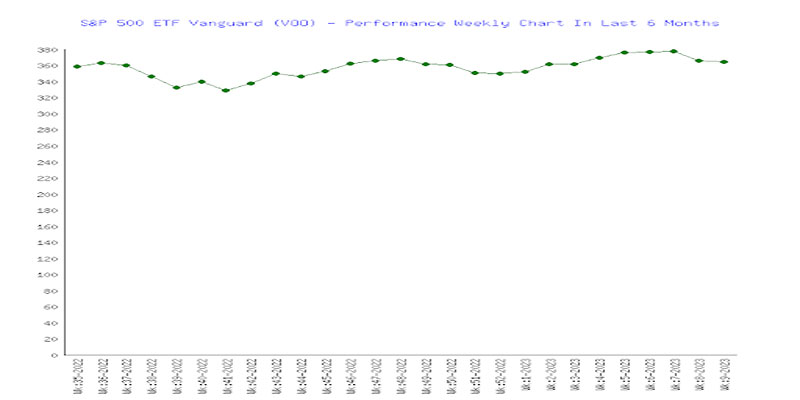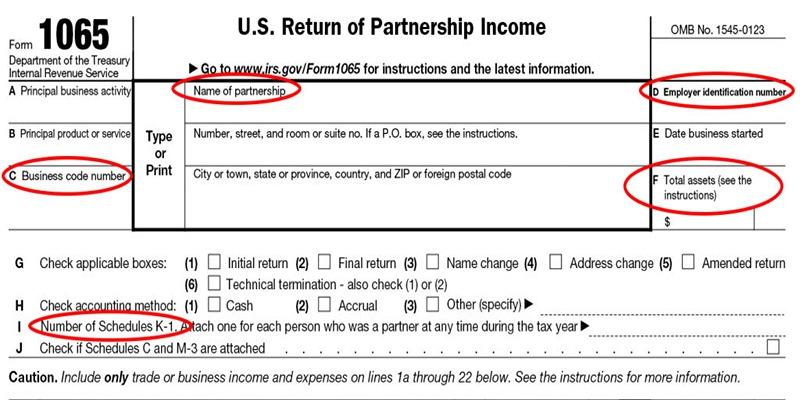Understanding the importance of pricing for your business's bottom line, you may have heard of a unique target set by economists called price level targeting. This approach to monetary policy has become increasingly popular in recent years as it offers more precise control over inflation and can help businesses earn larger profits when prices are effectively managed.
But what is price level targeting exactly? In this blog post, we'll discuss the concept in detail so that you can understand the buzz around this strategy.
Price Level Targeting

Price level targeting is an economic policy focusing on setting a particular target for the average price level. This approach involves setting long-term goals for inflation, usually expressed as either a percentage or a specific dollar amount. To achieve this goal, policymakers use monetary tools such as raising and lowering interest rates, increasing or decreasing the money supply through quantitative easing, and altering exchange rate policies.
Price level targeting aims to maintain stable prices over time instead of allowing them to fluctuate wildly from one period to the next. It also helps protect against deflationary periods where prices drop rapidly since maintaining a consistent price level gives businesses some degree of predictability when pricing their products and services.
When setting out a price level target, policymakers must consider various factors such as the current inflation rate, economic activity, and the impact on international trade. It also requires a comprehensive understanding of the relationship between prices and wages, as well as how other economic indicators may be affected by changes in policy.
How Does Price Level Targeting Work in Practice

Central banks and other financial institutions usually implement price-level targeting. These institutions set their policy after analyzing macroeconomic indicators such as GDP, economic growth, employment, and interest rates. Policymakers then adjust the money supply or interest rate to influence prices to achieve the desired target.
The effectiveness of price level targeting depends on how accurately policymakers can predict the impact of their changes on prices. Inflationary periods are typically due to increased aggregate demand, while a decrease in demand causes deflationary trends. Depending on the situation, policymakers may need to lower interest rates or increase government borrowing to stimulate spending and prevent negative impacts on businesses from deflation or recession.
Advantages Of Price Level Targeting
- Helps keep inflation in check: Price level targeting effectively keeps inflation rates low and steadies the rate of change for prices over time. This can help businesses plan their pricing strategies more confidently since they know that price levels won’t fluctuate too drastically from one period to the next.
- Provides a longer-term outlook: Price level targeting focuses on achieving long-term rather than short-term objectives, providing economies with greater stability and allowing companies to set prices accordingly.
- Avoids deflationary periods: Deflation occurs when there is an overall decrease in prices which can lead to economic hardship. Price level targeting helps prevent this by maintaining a consistent price level so businesses don't have to adjust their prices continually.
- Stimulates economic activity: By keeping inflation in check and avoiding deflationary periods, price level targeting helps to promote sustained economic growth. This gives businesses the confidence to invest and hire more staff, further stimulating the economy.
- Helps maintain international stability: Price level targeting is used by many countries worldwide, making it easier for economies to remain stable when trading with each other. This reduces uncertainty and makes planning easier for governments when setting policy goals.
- Keeps wages in line with prices: When prices rise too quickly or drop too rapidly, they can become out of sync with wages, significantly affecting consumer spending power and economic performance overall.
Disadvantages of Price Level Targeting
- Difficult to predict the impact of policy changes: Price level targeting requires policymakers to accurately forecast how their changes will affect prices, which can be difficult as many factors influence prices at any given time, including economic activity and international trade.
- Impedes flexibility: Once a price level target is set, it can be hard for governments and central banks to change course quickly if conditions change significantly. This could delay policy implementation and have negative effects on the economy.
- Inflation remains an issue: Although price level targeting helps keep inflation in check, it cannot eliminate this risk as other factors can cause prices to rise, including supply shortages or currency devaluations.
- Potential for deflation: Deflationary periods can damage an economy, and price level targeting does not always prevent this from happening in extreme cases.
- Can encourage speculation: If investors believe that a certain of inflation will be maintained, they may take advantage of this by speculating on certain asset classes or commodities that could benefit from the policy.
- Political pressure: Central banks are often subject to political pressures when setting monetary policy, making it difficult to achieve their objectives accurately and effectively. This could lead to a loosening monetary policy that is optimal for the economy.
Price level targeting can be a useful tool for central banks as it helps keep prices stable and inflation in check. However, certain risks associated with this policy need to be managed carefully by policymakers. Governments and central banks need to understand these risks and take measures to ensure that price level targeting does not lead to economic instability or unfair advantage for investors.
Implementing Price-Level Targeting Strategies
Price-level targeting strategies are typically implemented with the help of inflation-indexed bonds. These bonds, also known as inflation-linked bonds, are issued by governments or central banks, allowing investors to protect their savings from the effects of inflation. By investing in these bonds, investors can maintain the real value of their investments over time.
To issue inflation-indexed bonds, central banks also use monetary policy tools such as open market operations and changes to interest rates to influence prices. The goal is that these measures will impact the overall price level and achieve the desired result of price stability.
FAQS
What is PLT used for?
Price Level Targeting (PLT) is a strategy central banks use to maintain stability in the price level and keep inflation under control. This type of targeted monetary policy seeks to reduce uncertainty in the market and makes it easier for governments to set policy goals.
What causes an increase in PLT count?
An increase in the price level count is usually caused by increased demand or production costs. This can be due to changes in certain markets' supply and demand dynamics, currency devaluations, or government policy changes. Central banks often use monetary policy tools such as open market operations and changes to interest rates to influence prices and increase the price level count to achieve their desired result.
What are inflation-indexed bonds?
Governments or central banks issue inflation-indexed bonds, allowing investors to protect their savings from the effects of inflation. By investing in these bonds, investors can maintain the real value of their investments over time. Central banks typically use them to implement price-level targeting strategies as part of monetary policy.
Conclusion
Price level targeting is a monetary policy tool that can help stabilize the economy by controlling inflation and deflation. Price level targeting encourages economic growth and stability by encouraging economic agents to make investment decisions with an expectation of a positive real return on those investments. When central banks use the inflation-targeting approach in the short run, they focus on price level targeting, seeking to avoid large movements in expected inflation while setting a medium-term target for the general price level.







